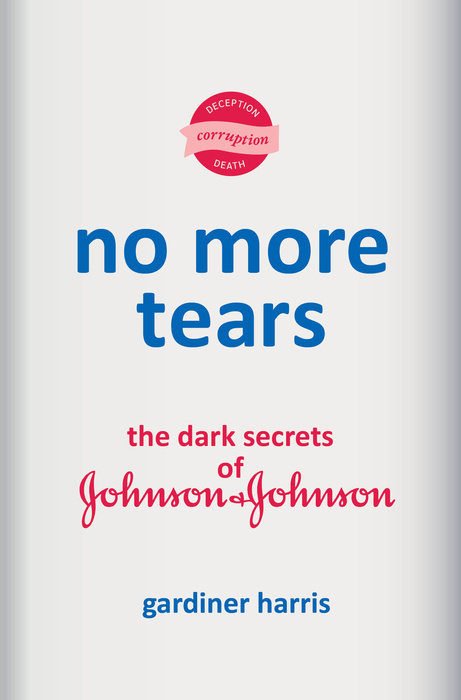No More Tears’s account of J&J’s corporate history is as damning as it is thorough, especially the section on baby powder. Early on, Harris tells us, J&J decided to add talc, a soft mineral, to its baby powder. The earliest reports documenting the harms of talc powder were published in 1922. Babies were asphyxiating, sometimes fatally, after inhaling too much powder during diaper changes, because talc’s molecular properties caused alveolar damage and obstruction. J&J put warning labels on its bottles, advising parents to “keep powder away from children’s nose and mouth.” The “deeper question,” however, and one that wasn’t asked right away, “was whether chronic inhalation of [talc powder] might be dangerous.” From here, we fork into a history of asbestos, and readers find themselves wondering, since the chapter is called “Johnson’s Baby Powder,” where we’re headed. Until it clicks: in 1968, a mineralogist investigating the high rates of asbestos in New Yorkers’ lungs in autopsies, noticed that “80 percent of the women were regular users of talcum powder.” He picked up some baby powders, including J&J’s, from a pharmacy, and took these to his lab, where he looked at them under a microscope. “All were contaminated with asbestos.” By the 1960s, a possible link between talc powder and cancer, including ovarian cancer, was established. J&J knew and spent the subsequent decades working to hide the evidence. At one point, given the health risks, the Food and Drug Administration (FDA) asked J&J to remove talc from the company’s baby powder, and J&J said no. J&J hired a dermatologist at UPenn named Albert Kligman, notorious for his experiments on incarcerated people and children—not to mention his racism—to inject Black prisoners (and rabbits) with asbestos and talc and report back what happened over the coming weeks (longitudinal studies weren’t conducted). The FDA investigated J&J then released a statement contradicting its own findings, endorsing the safety of a product the agency knew to be carcinogenic.
Many have heard of OxyContin and Purdue Pharma. Duragesic is J&J’s lesser-known fentanyl patch. As it concerns the opioid crisis, Harris makes a compelling case for why J&J is worse than Purdue. For one, J&J owns the poppy fields. The company also came up with the marketing scheme Purdue later copied. And J&J launched Duragesic only after the harms of opioids were well-established. Given this, Harris wonders why so much of the bad press fell on Purdue and away from J&J. Some of it has to do with the FDA.
